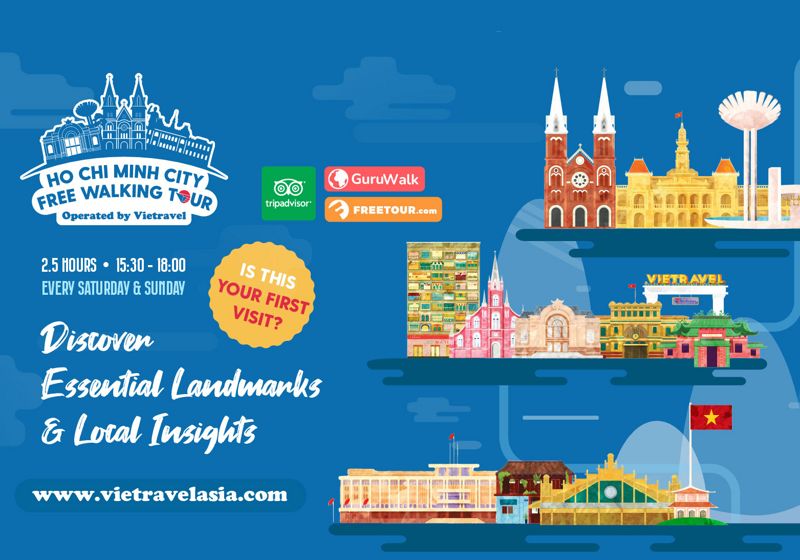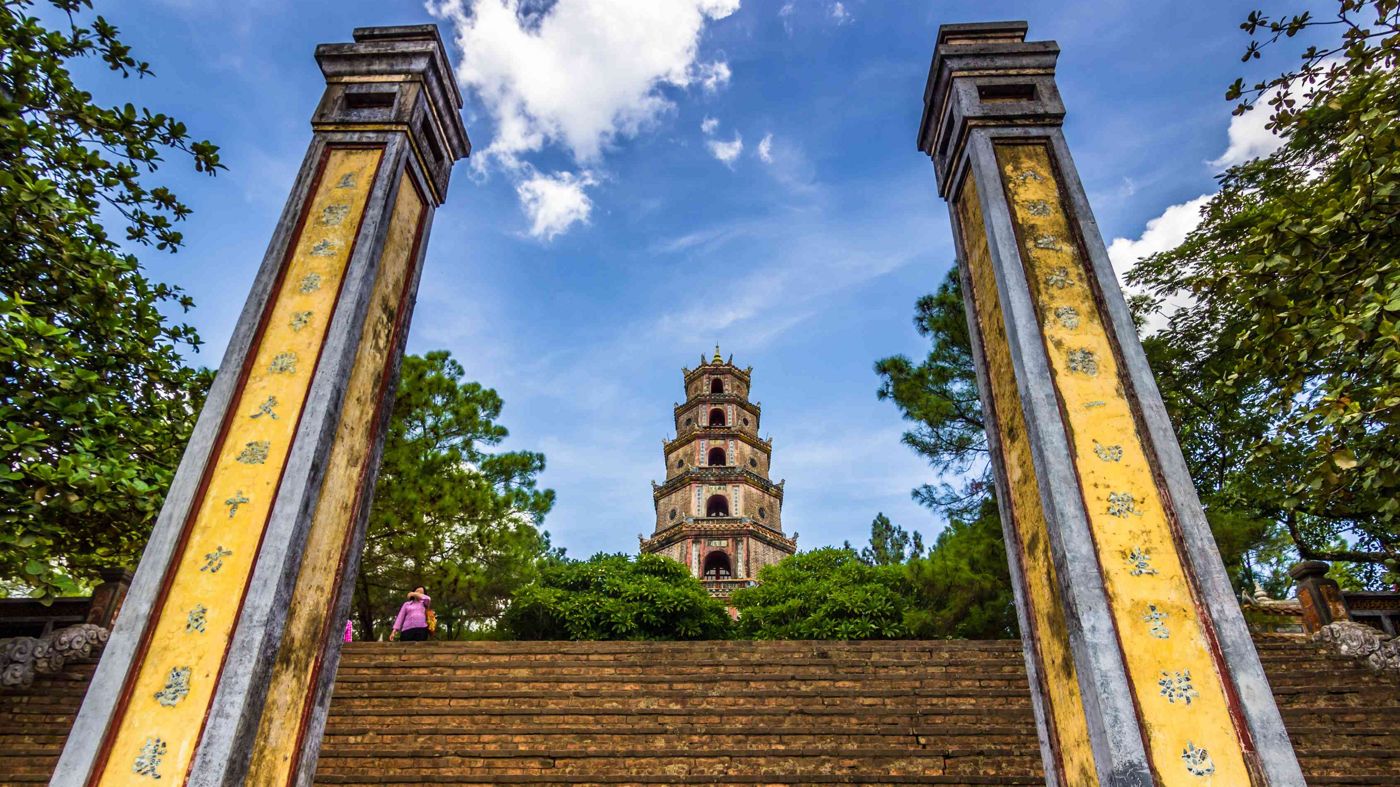
Being the former capital of Vietnam, Hue still owns several royal tombs both visually and historically important. Situated on the banks of the Perfume River in Central Vietnam, Hue once served as the imperial capital of the Nguyen dynasty, which ruled from 1802 to 1945. Today, the vestiges of this former glorious period are reflected in the city’s architecture, culture and cuisine, making it a popular tourist destination.
What to see
Hue Imperial City
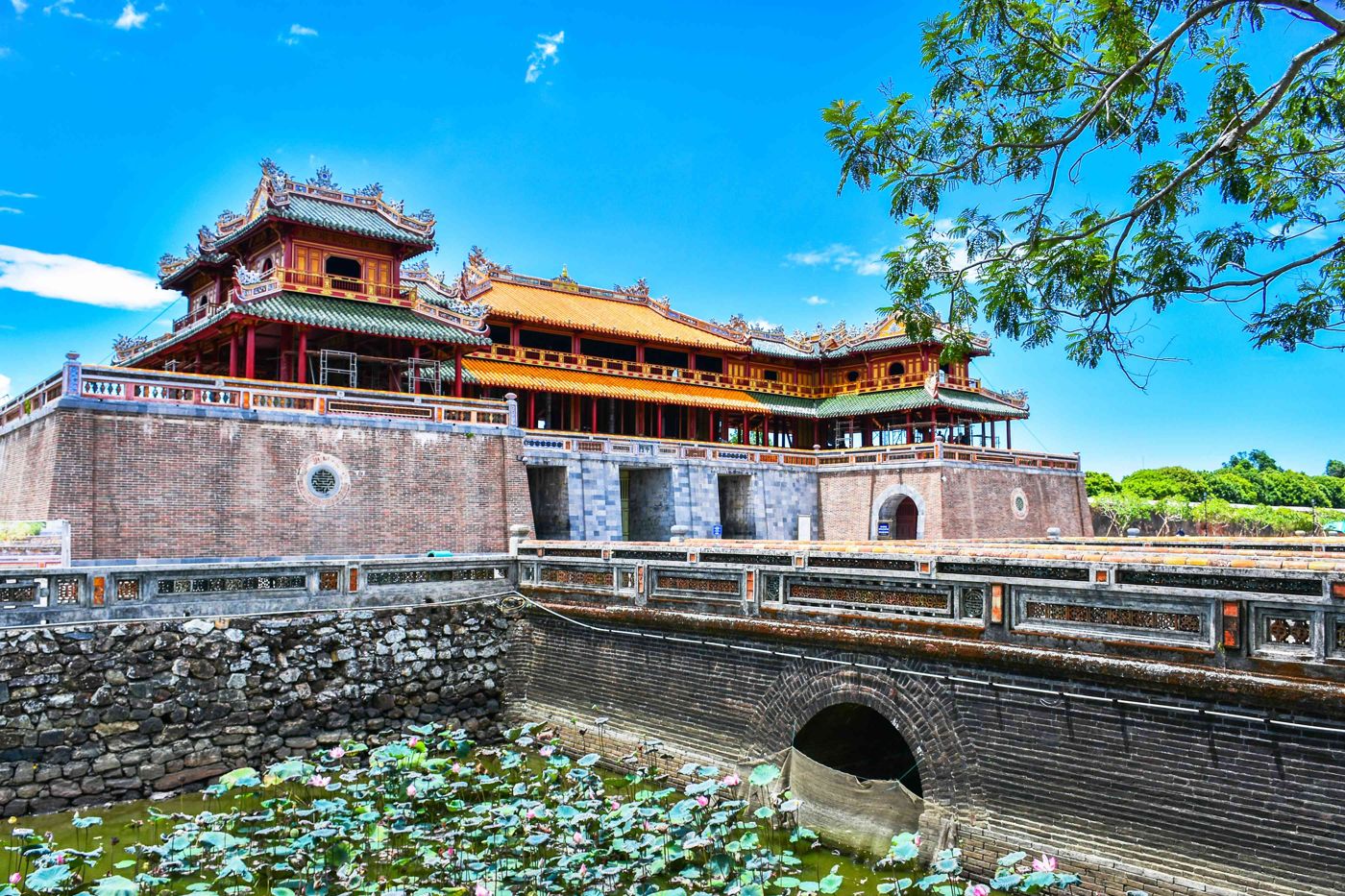
Hue Imperial City, set along the northern bank of the Perfume River, features hundreds of monuments dating back to early 19th century, including the Forbidden Purple City, royal tombs, pagodas, temples, royal quarters, a library and museum, Also called the Complex of Hue Monuments, this UNESCO World Heritage Site also hosts daily cultural performances at 09:00, 10:00, 14:30 and 15:30. A 30-minute drive from Phu Bai International Airport, Hue Imperial City is a must-visit for any visitor to Central Vietnam.
Thien Mu Pagoda
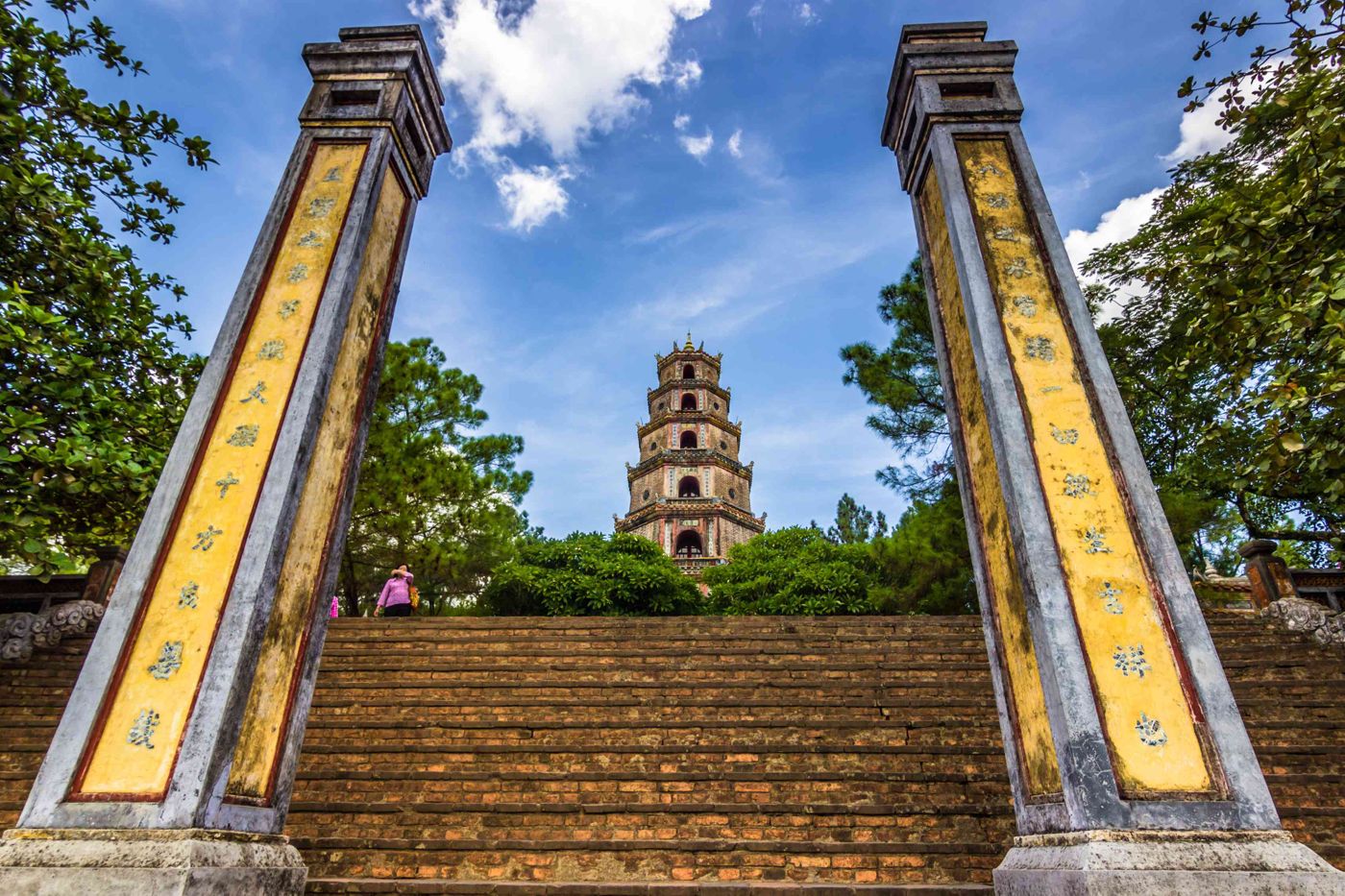
Overlooking the Perfume River that snakes its way through the city, the Thien Mu Pagoda is the unofficial symbol of Hue and is renowned throughout Vietnam. First built all the way back in 1601, the current pagoda dates back to 1844. The tomb’s seven stories that tower above the surrounding trees make it one of the highlights of any trip to Hue. The lush grounds around it make a beautiful opportunity to wander and explore. The pagoda is also a site of political significance, as Buddhists protesting against the oppression of the Catholic government were sadly killed here in 1963. Nowadays it is a peaceful and relaxing spot to visit, and one of the main attractions in Hue.
Minh Mang Royal Tomb
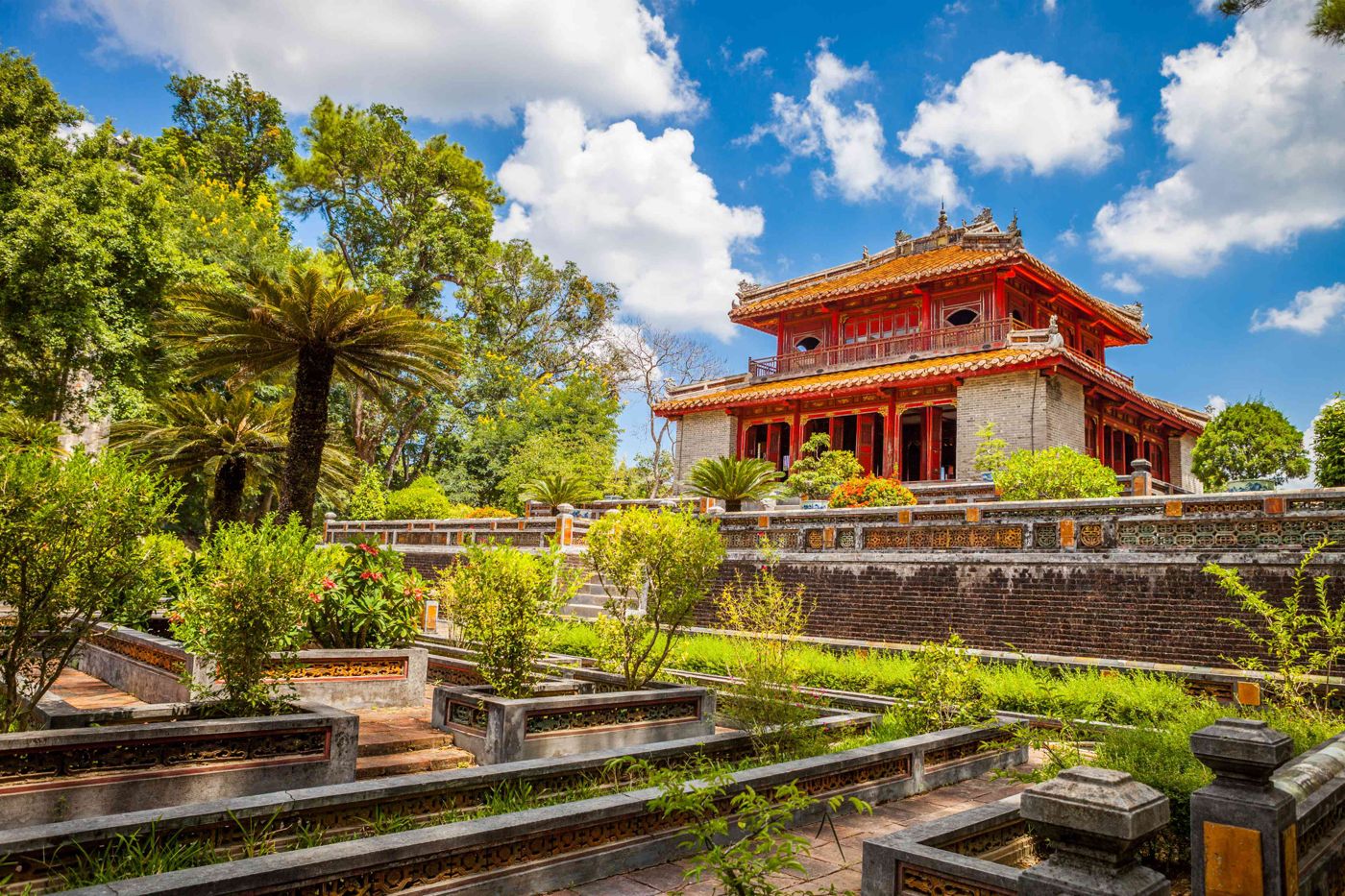
Minh Mang’s royal tomb reflects the emperor’s staunch traditionalism, laid out in a classical Chinese scheme with a symmetry that no other royal tomb approaches. The forty structures within the royal tomb complex lie within an oval, walled compound, bisected by a central path that contains the salutation court, stele pavilion, and the emperor’s own tomb.
The emperor ordered the construction of his tomb but did not live to complete it; he died in 1840 and was only laid to rest in his tomb in 1843 when his son had completed the tomb for him.
What to eat
Bun Bo Hue (Hue Beef Noodle Soup)
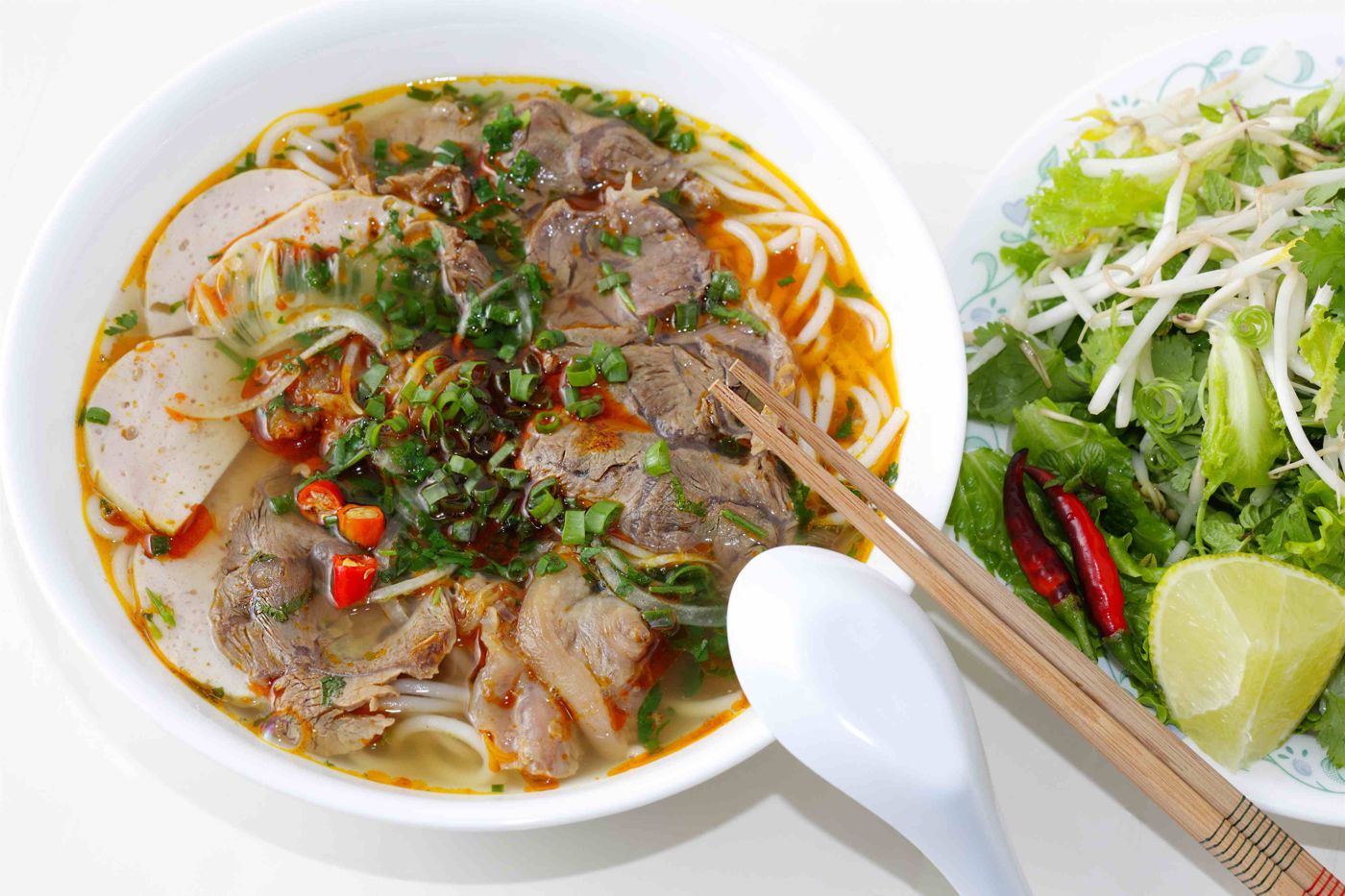
Bun bo hue (Hue beef noodle soup) is a regional speciality comprising thick rice vermicelli and various toppings in a thick soup. Unlike pho, this dish is a combination of sweet, sour and spicy as it’s flavoured with boiled bones and shank, annatto seeds, lemongrass, ginger, fermented shrimp paste, chilli oil, and sugar. As for the toppings, expect congealed pig blood, beef or pork knuckles, bean sprouts, lime wedges, cilantro, diced green onions, banana blossoms, mint and basil. You can also ramp up the spiciness by adding fresh chillies and fermented fish sauce to your bun bo hue.
Banh Khoai
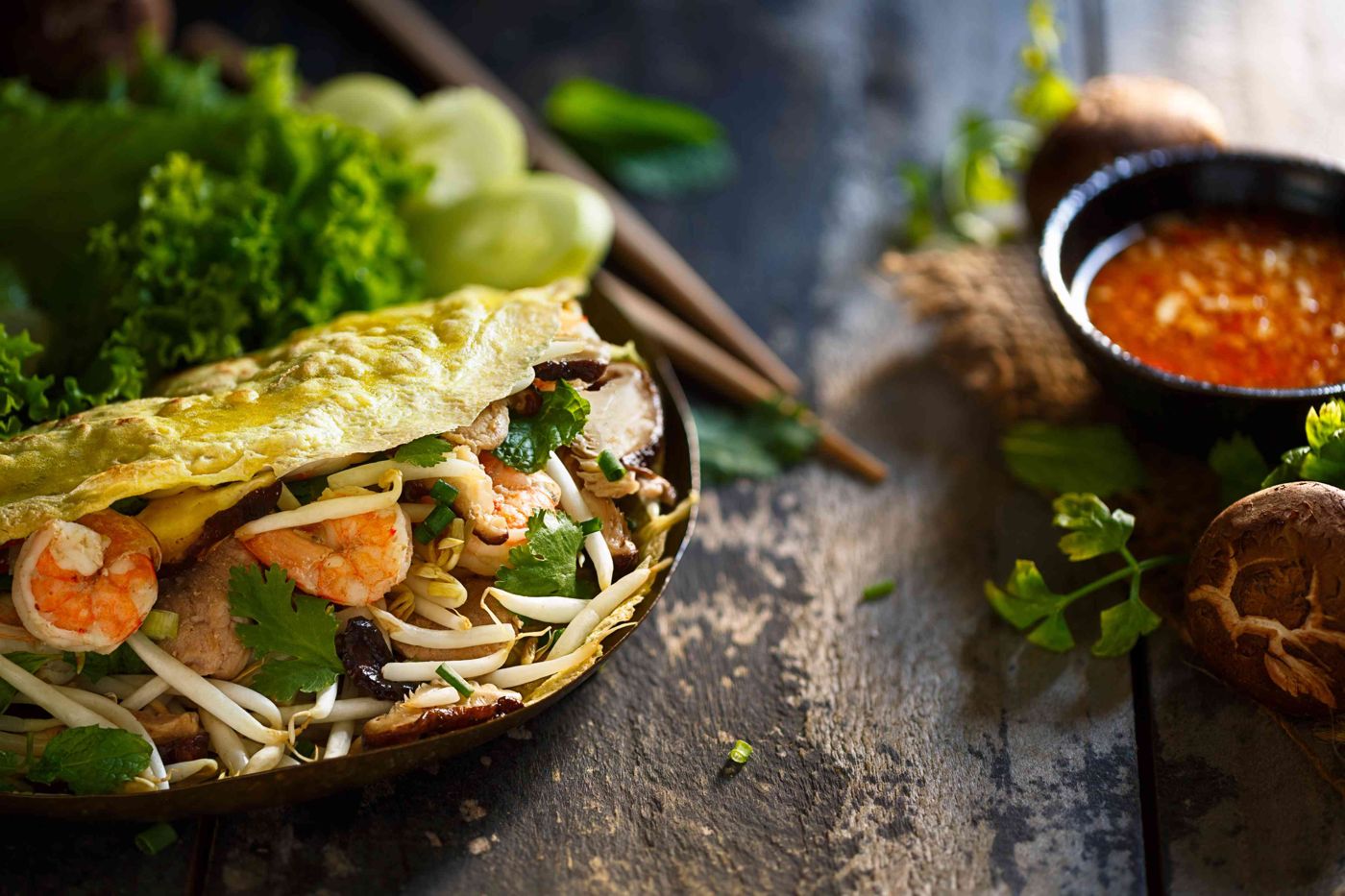
Banh khoai is a type of crepe fried in oil or lard. Locals often add duck eggs to make the color of the cake turn into a medium yellow and the eggs also contribute a powder-spongy texture, which is different from “Banh Xeo” which is also yellow, but due to turmeric powder. Banh Khoai is topped with shrimp, pork, and served with lettuce, herbs, coriander, and a few slices of sour bananas and star fruit.
Banh Bot Loc (Tapioca Dumplings)
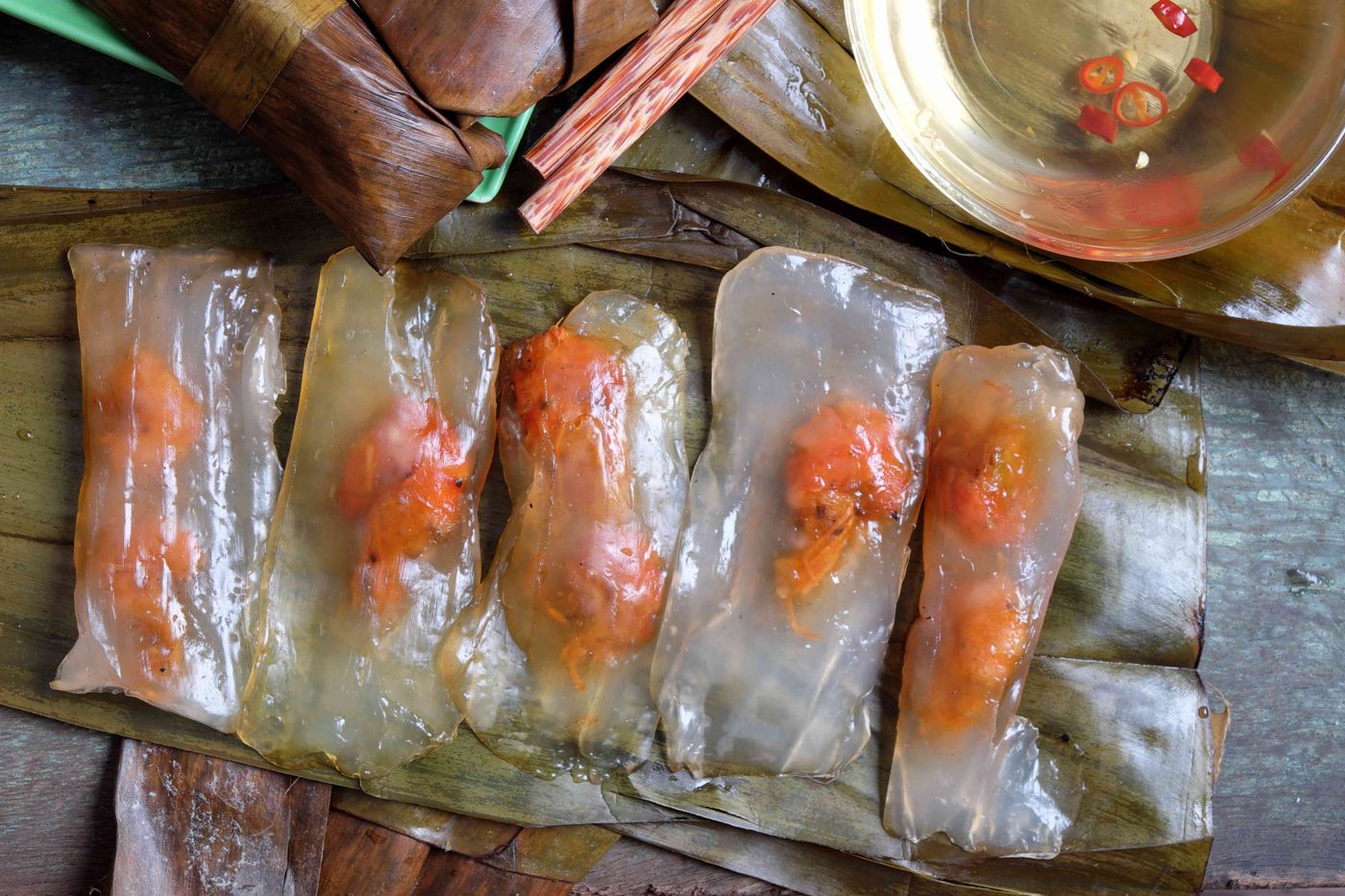
Banh bot loc, made with tapioca starch rather than rice flour, is filled with marinated shrimp and milled pork before it’s wrapped in oiled banana leaves and steamed until cooked. To enjoy this Hue snack, simply unwrap the banana leaf and dip it in a platter of nuoc mam pha, a sauce made with vinegar, shrimp stock, fermented fish sauce, sugar, and fresh chilies.
Com Hen (Clam Rice)
Com hen (clam rice) consists of rice topped with baby basket clams, crispy pork skins, roasted peanuts, shrimp paste, and fresh greens. Commonly eaten as a filling breakfast, the clams are stir-fried with chopped garlic, onion, fish sauce, pepper, and mint leaves before they’re poured over a plate of steamed jasmine rice. In some restaurants, com hen is often accompanied with a bowl of clam broth as well as a platter of coriander leaves, shredded banana blossoms and bean sprouts.
Source Internet


